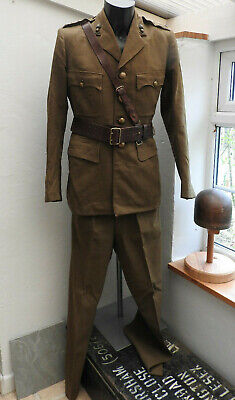

When the Luftwaffe's fuel supply ran dry in 1944 due to the oil campaign of World War II, it was reduced to anti-aircraft flak roles, and many of its men were sent to infantry units. The Luftwaffe could not deal with Britain's increasingly lethal defensive fighter screen after the Battle of Britain, or the faster P-51 Mustang escort fighters after 1943. The Messerschmitt Me 262 jet fighter did not enter service until July 1944, and the lightweight Heinkel He 162 appeared only during the last months of the air war in Europe. The Luftwaffe was deficient in radar technology except for their usable UHF and later VHF band airborne intercept radar designs such as the Lichtenstein and Neptun radar systems for their night fighters. But the Luftwaffe was poorly coordinated with overall German strategy, and never ramped up to the size and scope needed in a total war, partly due to a lack of military aircraft production infrastructure for both completed airframes and powerplants when compared to either the Soviet Union or the United States. In the war the Luftwaffe performed well in 1939–41, as its Stuka dive bombers terrified enemy infantry units. Its advanced technology and rapid growth led to exaggerated fears in the 1930s that helped to persuade the British and French into appeasement. The war also led to greater emphasis on anti-air weapons and fighter aircraft due to their ability to defend against enemy bombers. Under the leadership of Hermann Göring, it was able to learn and test new combat techniques in the Spanish Civil War.

The Luftwaffe was the aerial warfare branch of the Wehrmacht. Japanese aviation pioneers felt that they had developed the finest naval aviators in the world.Īir forces Germany: The Luftwaffe The Americans were confident that the Boeing B-17 Flying Fortress bomber could reach targets, protected by its own weapons, and bomb, using the Norden bombsight, with "pickle barrel" accuracy. Many said it alone could win wars, as " the bomber will always get through". Italian theorist Giulio Douhet in the 1920s summarised the faith that airmen during and after World War I developed in the efficacy of strategic bombing. 15.6.4 Strategic bombing: aircraft and targetīefore 1939, all sides operated under largely theoretical models of air warfare.15.6.1 Atomic bomb & surrender of Japan.15.5 Tactical aircraft, weapons, tactics & combat.15.4 Technology: Jets, Rockets, Radar, Proximity Fuze.11.5 Destroying Germany's oil and transportation.7.2 France and the Low Countries Dunkirk.6.4.2 Atomic bombings of Hiroshima and Nagasaki.5.2 Airwar stalemate at the national fortress of Chongqing.3.3.3 Pioneering use of precision-guided munitions.Who had how many kills in WWII?īelow we have a list of all fighter aces from Second World War II. Which fighter pilot would you like to be included in this list? Please write in comments below – at the bottom of this post. Now it is your turn – we presented outstanding fighter pilots – for different reasons. However, we try to create the list of most remarkable fighter aces not solely based on kills, but also on fame, influence, and value the factor that it matters at what time one was active (WWI vs WWII). Below the top 30 fighter aces of WWII, so you get an idea of the German scores. So the top 230 fighter pilot aces are ALL axis power pilots.

So the list with top kills is actually extremely dominated by Nazi German fighter aces, with the top Allied pilot being Lev Shestakov with 66 kills ranks as 231. One of the main differences in aerial battle score is that German pilots (as well as Japanese) kept flying and gaining experience until they were killed themselves, while successful Allied pilots where „rewarded“ by sending them home where they took over the training of young pilots and passing their skills and experience over to them. This list is more entertainment than science, so take it with a pinch of salt. We do compare apple and oranges here, and we know it. We know this is a hard question and easy to criticise – as they flew at different times, had different material etc.


 0 kommentar(er)
0 kommentar(er)
